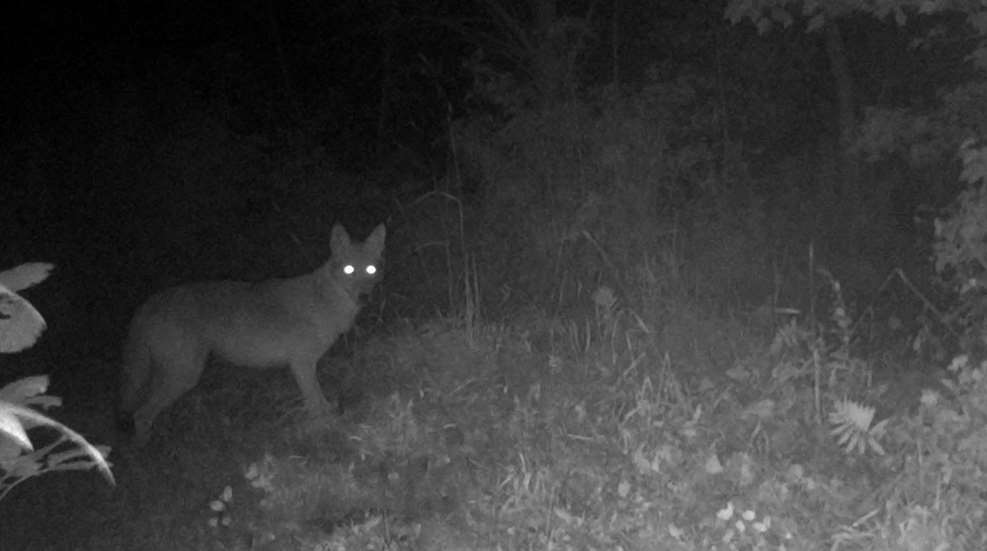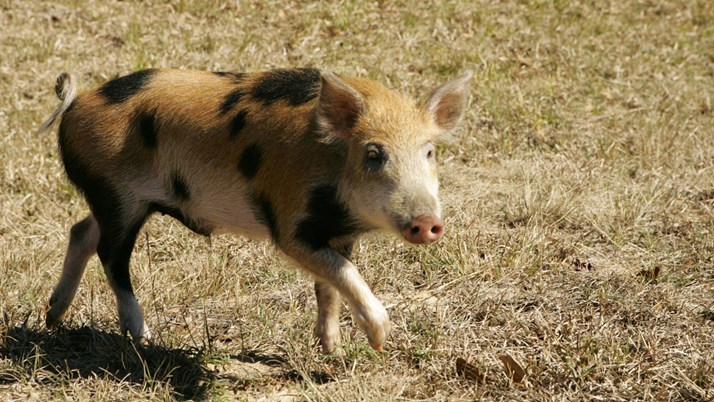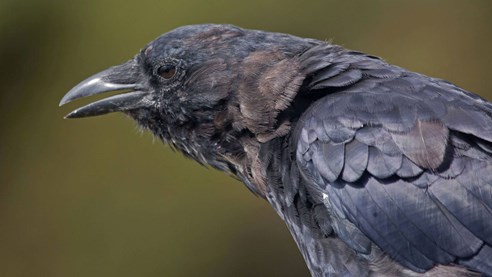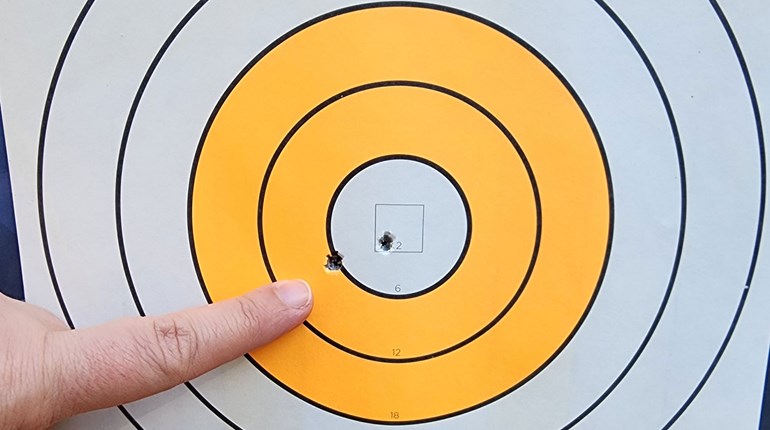
By early June, the last of what we consider hunting season is gone. Spring turkey is closed, bear season is over, and it’ll be months before we can start chasing deer and early-season teal again. But if you’re still dying for some hunting action, don’t despair. You have options that can keep your rifles and shotguns in full rotation all summer long. Try chasing one of these species in the heat of summer to scratch that hunting itch.
Coyotes
If there’s one animal that nearly everyone wants controlled, it’s the coyote. Prolific breeders, coyotes have overpopulated so severely that they’re causing untold damage in the farmlands, the woods and the suburbs. Though coyote attacks on humans are pretty rare, it does happen, and in some areas, coyotes are regularly attacking and eating peoples’ pets, particularly in urban and suburban areas. Coyotes are survivors and amazingly adaptable; as a species they can adapt to live just about anywhere they can find prey, and that makes them especially dangerous and particularly difficult to control.

Because they are so overpopulated and are considered a pest, just about every state has an open season on coyotes, which means you can hunt them all summer long. Check your state and local regulations, but you might not even need a hunting license in order to pursue coyotes depending on your area and whose land you’re on.
Many or even most coyotes that get shot are killed because they became a target of opportunity—the hunter was hunting something else, like deer, and a coyote showed up. But plenty of hunters target coyotes specifically, particularly in the winter when the fur is prime. You won’t harvest beautiful pelts in the summer, but you can have a lot of fun and help the local farmers or suburbanites by taking a few coyotes out of the population.
For coyote hunting, a varmint-appropriate rifle is the best choice, but almost any centerfire rifle you have will do the job. You’ll want to set up overlooking a field, in most cases, and use calls (electronic, mouth-operated or hand-held) to try to bring a coyote out of hiding by mimicking the sound of a prey animal. If it works right, a coyote will come toward the call, usually stopping and starting a few times as he checks out the situation before closing the distance. You shoot him when he gets close enough. In many states, you can even do this at night with the aid of special hand-held or gun-mounted lights. Keep in mind that coyotes have good eyesight, so in addition to watching the wind, you’ll want to be well camouflaged (or wear dark clothing at night) and avoid unnecessary movement.
Keep in mind that when you’re mimicking prey, you might draw in all sorts of predators and varmints, including foxes, bobcats and the neighbor’s farm cat. Brush up on your identification so you can always be sure of your target. (USFWS image)
Hogs
As overpopulated as coyotes and probably even more destructive, feral hogs leave chaos in their wake, doing $1.5 billion in damages every year, according to the U. S Department of Agriculture. Their feeding habits make them destructive to crops, woodland habitats, levees, golf courses and more. Because of this and their out-of-control populations, most states have open season on feral hogs, usually with no bag limits. They are a shoot-on-sight species for most farmers and hunters, and depending on where you live, you can probably pursue them all year long.

Local regulations vary, but hogs can be hunted in a variety of ways. You can bait them in (if legal in your state) and watch the bait from a nearby treestand or shooting house. You can spot-and-stalk them. In many places, you can pursue them with specially trained dogs. Heck, if you can afford it, you can even chase feral hogs down with a helicopter and shoot them from the air in some places. Or, perhaps the most common method, you can outfit yourself with some night-hunting gear and go find a sounder feeding in a field, sneak within range and take out as many as you can before they scatter. Nighttime is prime for this because hogs are mostly nocturnal and their eyesight isn’t great. Their sense of hearing and smell is good, though, so keep the wind in your favor. This technique can be done with multiple hunters, and semi-automatic rifles are especially effective for shots on multiple animals, but any appropriate-size rifle you own will do the job just fine. Night-vision or thermal is more effective than spotlighting.
The best thing about hunting hogs? They’re delicious. Just get them cooled down quickly—especially in the heat of summer— and cook them properly, and they’re great table fare. And remember that if it’s food you’re after, you should avoid the biggest hogs and shoot ones in the neighborhood of 100 pounds or less. (USFWS image)
Crows
Missing duck or pheasant season? You can still get your wingshooting fix by hunting crows this summer! Not every state allows summer crow hunting, but many do. Check your state regs.

Hunting crows is reasonably similar to hunting ducks or geese. First, you’ll need to scout out likely locations, which will include farmers’ fields (and the farmer will likely be happy to have you shoot some crows) and locations on the route between roosting and feeding areas. Lay out some decoys. Crow decoys work well, of course, but so do owl decoys. Crows and owls are sworn enemies, at least as far as the crows are concerned, and many can’t resist launching an attack on an owl in “their” territory. You’ll want to do some calling, too, and electronic calls are effective and legal in most places.
Hide yourself well—crows are wary and will spot you from above if you’re not well hidden. Consider layout blinds or hiding inside a tree line. Then all that’s left is to load the shotgun and wait for the fast-flying action to kick off.
Remember that crows are intelligent problem-solvers in the bird world, and they’ll catch on to your tactics if you overhunt one location. Keep mixing up your decoys and your calls, and try not to overhunt a particular spot. And have fun! (USFWS image)














































